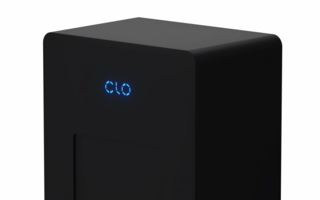26/10/2016 – Gerber Technology
Gerber AutoMatch Increases Throughput by 75%
AutoMatch is a revolutionary layout and cutting solution that helps furniture manufacturers preserve visual continuity in their finished products.
The fully automated system is the latest in a long line of innovations from Gerber Technology. Gerber’s AutoMatch comes with some impressive statistics: The system increases throughput by up to 75% and helps furniture manufacturers reduce labor costs by as much as 50%. AutoMatch utilizes advanced digital imaging technology to ensure that patterns such as stripes, plaids and other complex designs continue seamlessly from one cut piece to the next.
“Pattern continuity is the hallmark of quality upholstered furniture,” says Tom Gordon, director, product management at Gerber Technology. “However, ensuring continuity can be extremely time consuming and prone to errors, adding significant time and cost with wasted materials and labor associated with re-cutting.”
The AutoMatch technology captures a piece of fabric in a single digital image and automatically corrects for placement errors, pattern repeat variations and distortions. AutoMatch is accurate and repeatable, and most importantly, it can help furniture manufacturers slash costs over conventional methods that rely on teams of operators to manually align patterns before cutting.
Traditional matching methods require highly-skilled workers and rely solely on the human eye for accuracy. In addition to being time consuming, the manual system is costly and more likely to result in waste as a result of poorly matched patterns. By contrast, AutoMatch takes human error out of the equation.
In addition to ensuring greater accuracy, AutoMatch helps manufacturers save on labor costs: The system utilizes a single operator, and – unlike the manual alignment method – it does not require extensive training or labor skilled in furniture design and pattern matching.
“Gerber developed AutoMatch as a direct response to pain points experienced by furniture manufacturers,” Gordon says. “I can’t think of a better, more appropriate setting to unveil it to the public.”




